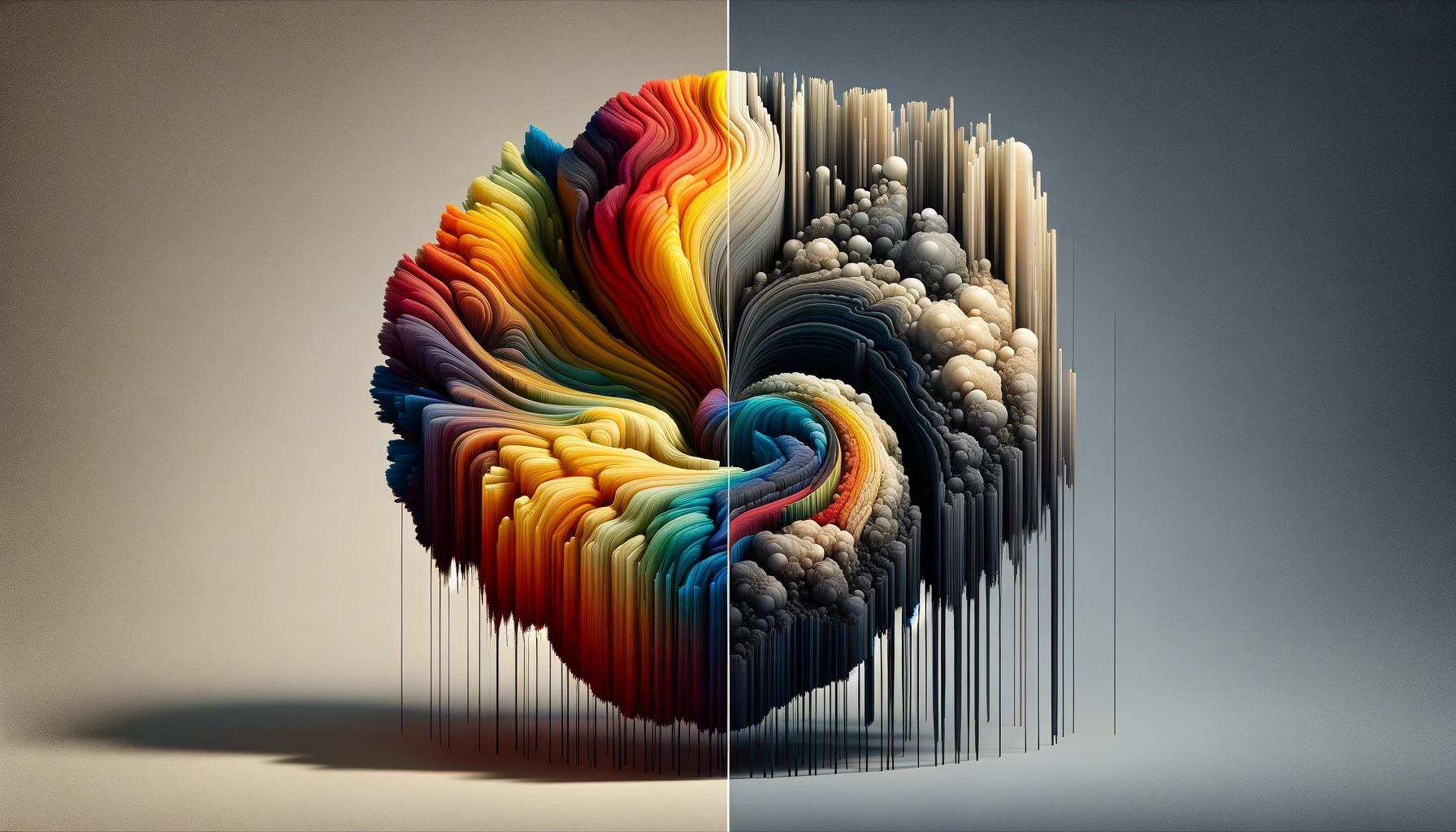How to Apply SVG Filters for Unique Effects
By Everett
Published March 28, 2024
 How to Apply SVG Filters for Unique Effects
How to Apply SVG Filters for Unique Effects
Scalable Vector Graphics (SVG) offer a powerful way to add scalable, interactive visuals to your web projects. Beyond their scalability and performance benefits, SVGs also support a wide range of filters, allowing for the creation of unique and complex visual effects. SVG filters can transform your graphics from the ordinary to the extraordinary, infusing them with depth, texture, and dynamism that are hard to achieve with CSS alone. This article dives into the practical application of SVG filters to unleash creative, visually compelling effects.
Understanding SVG Filters
SVG filters are defined within the <filter> element, where you can combine various filter primitives (basic operations like blur, offset, and blend) to craft complex visual effects. Applied to SVG elements via the filter attribute, these filters can manipulate the rendering of an image, text, or shape, offering endless possibilities for creativity.
Getting Started with Basic Filters
- Gaussian Blur Filter
The Gaussian blur filter (<feGaussianBlur>) softens the edges of an image, creating a blur effect. It's excellent for drop shadows or giving a sense of depth. <filter id="blur"> <feGaussianBlur in="SourceGraphic" stdDeviation="3"/> </filter> - Drop Shadow Filter
Implement a drop shadow to add depth or to highlight elements. It combines feGaussianBlur, feOffset, and feMerge. <filter id="dropShadow"> <feGaussianBlur in="SourceAlpha" stdDeviation="3"/> <feOffset dx="2" dy="2" result="offsetblur"/> <feMerge> <feMergeNode/> <feMergeNode in="SourceGraphic"/> </feMerge> </filter>
Creating Complex Visual Effects
- Combining Filters for Advanced Effects
Layer multiple filters to achieve sophisticated effects. For example, blend a texture with your graphic for a vintage look or use feTurbulence and feDisplacementMap to create a water ripple effect. - Enhancing Effects with SVG Masks
SVG masks can be powerfully combined with filters to create localized effects, allowing for precise control over which parts of an image are affected by the filter. This technique is especially useful in creating intricate visuals where you want the filter effects to be applied selectively, enhancing the overall composition and depth of your artwork or design elements. - Dynamic Visual Effects with Animation
Animate filter properties using SVG <animate> elements to add motion and interactivity. Animate the standard deviation of a Gaussian blur or the offset of a drop shadow for dynamic effects. - Complex SVG Animations
Beyond simple animations, SVG filters open a realm for complex SVG animations, where filters evolve over time to create mesmerizing visual narratives. This is particularly potent when combined with SVG's inherent capabilities for animation, allowing for the creation of dynamic, engaging graphics that can tell a story or add a layer of interactivity to static images.
Practical Applications
- UI/UX Design: Utilize SVG filters within interactive SVGs to elevate user engagement. For instance, applying a hover effect that triggers a filter change can significantly enhance the interactivity of buttons, icons, and other UI elements, making for a more dynamic and responsive user experience.
- Creative Artwork: Experiment with complex combinations of filters for artistic effects, such as simulating natural textures or creating abstract art.
- Data Visualization using SVG: Use filters to highlight or differentiate parts of SVG-based charts and graphs, enhancing readability and visual appeal.
Tips for Mastering SVG Filters
- Performance Considerations: While SVG filters unlock a realm of creative possibilities, they can impact performance. Use them judiciously, especially with complex animations or on mobile devices.
- Cross-Browser Compatibility: Test filter effects across different browsers to ensure consistency. While most modern browsers support SVG filters, there may be variations in rendering.
- Combine with CSS and JavaScript: For interactive effects, consider combining SVG filters with CSS animations or JavaScript. This approach allows for dynamic, responsive designs that react to user interactions.
Conclusion
SVG filters are a cornerstone of advanced SVG techniques, showcasing the versatility and power of SVGs in web design and development. By integrating these filters, designers and developers can explore the full spectrum of visual possibilities, from enhancing interactive SVGs to creating complex SVG animations. The mastery of SVG filters, along with other advanced SVG techniques like SVG masks, enables the creation of more engaging, interactive, and expressive web experiences. Whether your goal is to add a layer of sophistication to your graphics, implement intricate animations, or craft dynamic, responsive designs that captivate users, SVG filters and advanced techniques offer the tools necessary to transform your creative vision into reality. Dive into the rich world of SVG to unlock a universe of possibilities, where the only limit is your imagination.